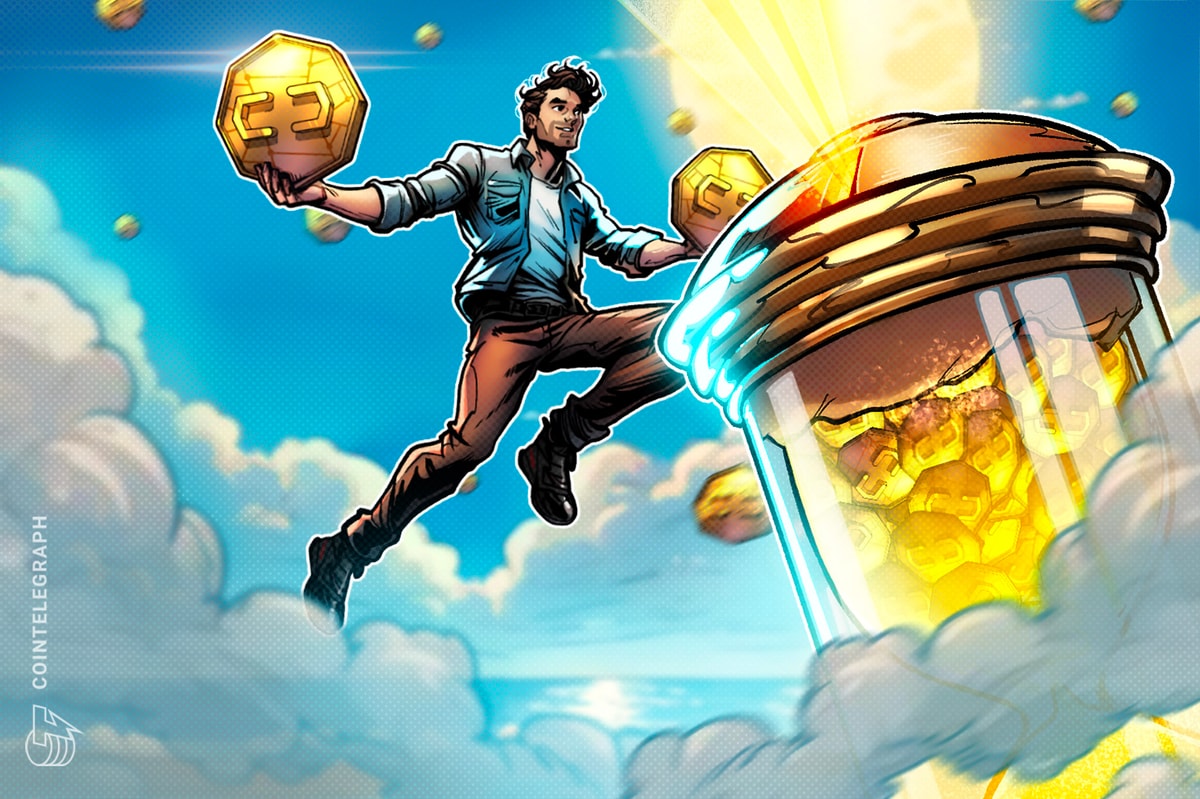
Over the past year or two, the main topic of conversation in the Bitcoin community has been how the system is going to eventually scale to millions or billions of users. Two concepts often brought up during these sorts of discussions are the Lightning Network and sidechains.
Blockstream is in a unique position when it comes to these Bitcoin improvements, as it has the funds and incentives to work on both of these concepts simultaneously. In a recent interview with Bitcoin Magazine, Blockstream CTO Greg Maxwell shared his views on sidechains as a scalability solution and why the Lightning Network will be a better option over the long term.
Implementing Bitcoin Classic as a Sidechain
Some members of the Bitcoin community have wondered whether it would be a good idea to implement changes to Bitcoin’s block size limit via a sidechain. In fact, one of the key points made by Bitcoin Hivemind’s Paul Sztorc in his drivechain proposal was that sidechains would allow Bitcoin Classic and Bitcoin XT to be implemented via this technology.
While Maxwell agreed that this sort of functionality is possible, he didn’t seem convinced that it would be of much use. He explained:
“Our greatest motivation for the sidechain concept in Bitcoin was being able to better satisfy mutually exclusive objectives for the system. However, sidechains by themselves do not fundamentally change the scaling limitations of a global broadcast system, though they should provide security partitioning if an experimental chain should fail.”
In other words, splitting sections of the network onto various sidechains does not necessarily mean that Bitcoin can then scale to an infinitely larger number of transactions per second.
The Lightning Network as a Better Option
While many believe sidechains could be Bitcoin’s long-term solution to the scalability issue, Maxwell sees the Lightning Network as a better option. This is the exact opposite opinion recently shared by Bitcoin Core contributor and Bloq CEO Jeff Garzik on a recent episode of Bitcoin Uncensored.
Garzik is a fan of the Lightning Network concept, but he still thinks there are too many unanswered questions associated with it for it to be viewed as Bitcoin’s one, true solution to scaling. It should be noted that Garzik admits these sorts of issues also exist for sidechains.
In terms of a sidechain’s ability to help Bitcoin scale, Maxwell told Bitcoin Magazine, “It may be technically possible to have a low-value, low-assurance and more micropayments-focused sidechain, within limits.”
He then clarified, “However, Lightning, once at release stage, offers a more compelling scaling solution that can really position the Bitcoin ecosystem for large-scale Bitcoin retail use and new, higher-scale micropayments use cases.”
Bitcoin Core contributor and Ciphrex CEO Eric Lombrozodiscussed some of the micropayments-related use cases of the Lightning Network at Blockchain Agenda San Diego late last year. Some of the use cases mentioned by Lombrozo included: lower-cost paywalls, Joystream (a BitTorrent client that incentivizes seeders with bitcoins), decentralized exchanges and peer-to-peer bandwidth sales.
Many People are Working on the Lightning Network
Much like sidechains, many companies and individuals are working on bringing a useful version of the Lightning Network to Bitcoin.
Maxwell noted, “At least five companies as well as many individuals are actively developing Lightning, and much of the code and development is open in a similar model to Bitcoin.”
Rusty Russell, who previously worked on the network subsystem for the Linux kernel, is developing an implementation of the Lightning Network at Blockstream, and the original co-creators of the concept, Joseph Poon and Tadge Dryja, are also working on their own version of the layer-2 protocol for Bitcoin. Poon recently let it be known that he expects a functional version of his and Dryja’s Lightning Network to be available this summer, while Russell is less certain his implementation will be made available by that time.
Amiko Pay and Stroem are two other projects similar to the Lightning Network that are currently in various stages of development.
Kyle Torpey is a freelance journalist who has been following Bitcoin since 2011. His work has been featured on VICE Motherboard, Business Insider, NASDAQ, RT’s Keiser Report and many other media outlets. You can follow @kyletorpeyon Twitter.










